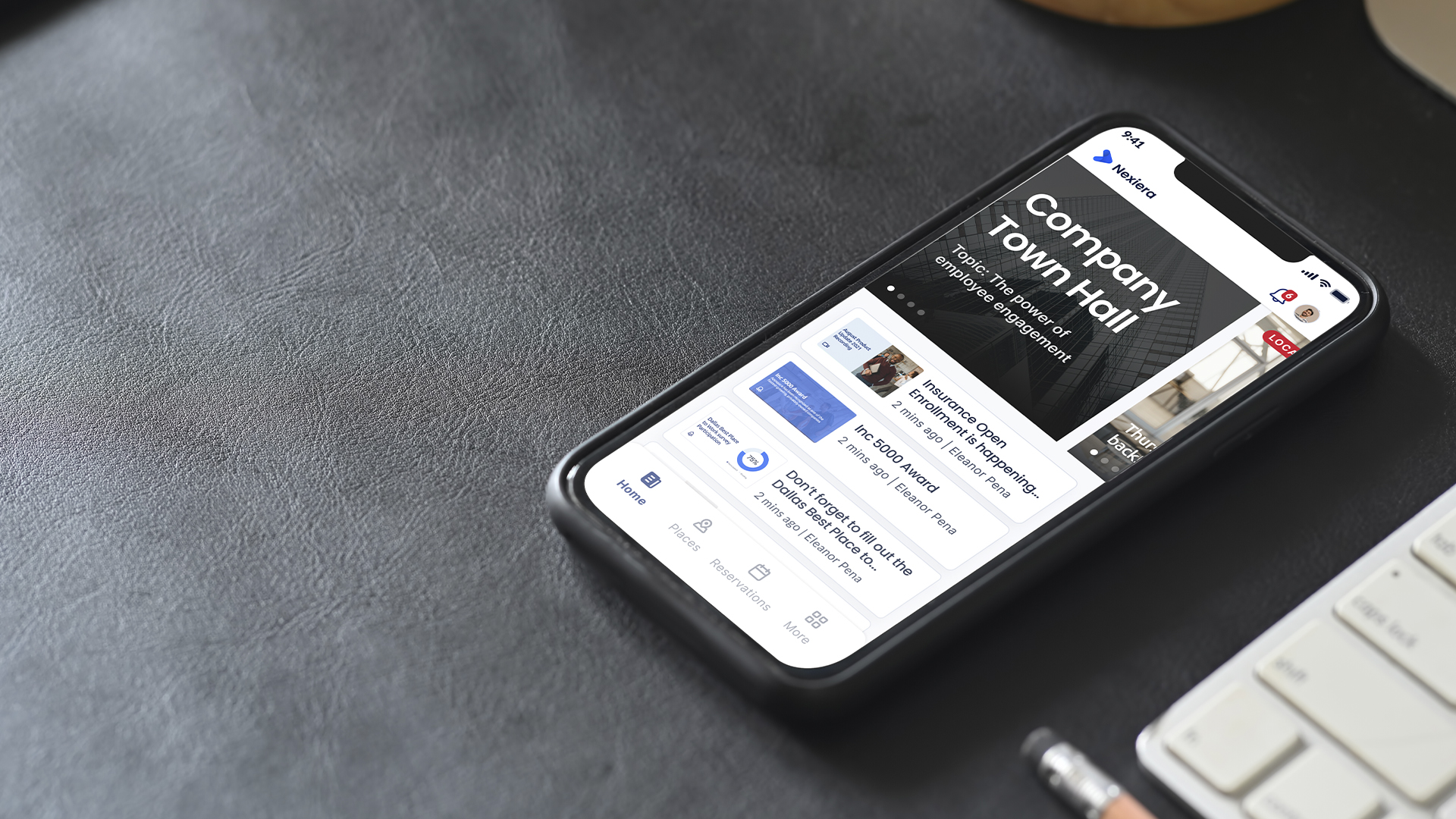You may have already deployed Appspace in your organization. You may be evaluating it. As for any cloud-based platform, what is a constant consideration is your bandwidth usage across your enterprise. We’ve laid out some necessary information and best practices to help you set up and optimize your environment for efficiency.
Appspace Bandwidth Measurement
Before we discuss best practices, it is essential to understand how Appspace measures bandwidth usage. We define bandwidth usage as the total volume of content downloaded or streamed from the Appspace cloud to your connected devices each month. Every time content gets downloaded from the Appspace cloud, we log the size and add it to the total bandwidth used. As long as the bandwidth usage is less than the monthly amount allocated to the account, there are no additional fees. If the usage exceeds the account allotment, the additional cost is billed to the account.
Every piece of content that plays on a device requires bandwidth. Some content items are small, like simple images, while others like high-quality videos are much larger and contribute more to your total usage. Content that is downloaded and stored locally on a device’s internal memory consumes less bandwidth than content that is streamed from the cloud each time it plays, since that content is reproduced locally and is only downloaded once.
How Appspace Helps Manage Allocated Bandwidth
Content downloaded over the cloud can add up quickly, but Appspace proactively protects our customers from consuming more bandwidth than they expect with Low Bandwidth Mode. Low Bandwidth Mode is a feature that assists customers that use a large number of streaming devices on their environments to manage their deployments more precisely. Pairing it with some best practices going forward helps enterprises manage their bandwidth more effectively.
Low Bandwidth Mode
Targeting streaming devices that support video, Low Bandwidth Mode is a protocol that is automatically applied to these devices once they are registered to the Appspace platform.
Essentially, it presents representative thumbnails for videos instead of the full video files, thus reducing the bandwidth usage, unless the streaming device is in interactive mode and the Appspace App detects user interactivity on the device that is playing the thumbnail. In that case, the full video is streamed on-demand. Users are able to enable or disable Low Bandwidth Mode as needed on registered devices if they wish to do so.
A more detailed guide on how Low Bandwidth Mode functions can be found here: https://docs.appspace.com/latest/device/appspace-low-bandwidth-mode/
Bandwidth Management Best Practices
Alongside Low Bandwidth Mode, taking into account the myriad types of endpoints customers may deploy, Appspace has put together a document that describes some best practices for bandwidth management, which includes:
- Identify your Device Content Delivery Mode – Local storage devices are more economical when it comes to bandwidth usage, as they only pull from the cloud on-demand, meaning they download content only one time, whereas streaming devices download the content each time it is played back.
- Define a Content Strategy – Knowing what you are going to use these devices for and when, is key in optimizing bandwidth usage. With a solid content strategy, you can select the types of content to be displayed on the appropriate devices as well as ensure ahead of time that you are using optimal sizes and resolutions.
- Invest in a Content Proxy – In the case of streaming devices, it may be worth the investment to take advantage of a network caching node or a content proxy. A proxy can significantly minimize potential bandwidth usage as the content with this method may only need to be downloaded once from the cloud.
- Schedule Content Downloads – Devices with an internal cache/storage download content the first time and subsequently only when there is new content. However, if you are regularly updating content across many devices, this may affect your bandwidth usage as well. Scheduling content downloads can help reduce the risk of a bandwidth surge.
- Take Advantage of Low Bandwidth Mode – When our system detects that a device is non-caching/streaming, Appspace automatically applies Low Bandwidth Mode on these devices to help you manage your overall bandwidth usage.
To see these recommendations more in-depth, please visit the Bandwidth Management article here: https://docs.appspace.com/latest/device/managing-bandwidth/
Using Appspace to communicate and share information in your modern workplace environment shouldn’t be complicated. Utilizing these best practices help keep your organization on track.




